Educators know well that healthy students are better learners.
Students are most likely to succeed when their bellies are full of fresh and nutritious foods, when they have all their immunizations so they don’t develop dangerous illnesses, and when they don’t have to keep missing classes to see the doctor. Healthy students are more likely to attend school regularly, earn higher grades and graduate from high school on time. And this data remains connected throughout a person’s lifetime; people with more education are more likely to live longer, healthier lives.
Education and community health are deeply connected. When leaders in education and health join together to meaningfully collaborate in deep partnership and to invest wisely in our nation’s young and school-age children, they can build happier and healthier communities.
In Battle Creek Public Schools (BCPS), where a $51 million investment by WKKF has led to nearly six years of a full-scale district transformation, we’ve been able to see what it looks like when health and education leaders join to build stronger outcomes for the entire community. When weighing all the factors that could result in thriving, successful students, BCPS leaders knew that incorporating health care was at the top of the list.
Children can have every educational door open to them, but to succeed, they — and the families that care for them — also need to be healthy, safe and secure. That requires equitable access to the social determinants of health — the conditions within which people are born, work, live and age — including necessities like access to quality physical and mental health care, healthy food, walkable neighborhoods and a safe place to sleep.
“If our families aren’t healthy, then our schools can’t create a flourishing learning environment. You can’t prioritize education but not health. It has to be both,” said BCPS Superintendent Kimberly Carter.
District leaders knew that a school district alone could not improve student health and that community partners would be essential to this initiative, leading them to collaborate with Grace Health, a large community health center. Over the past few years, Grace Health has brought health care services directly to students and families, ensuring they can access preventative and diagnostic services right in school buildings.
Health centers in all BCPS middle and high school buildings are staffed with a nurse practitioner, social worker and support staff. The nurse practitioner can serve as students’ primary care provider or offer supportive care services. Centers offer routine well-child exams with immunizations, school and sports physicals, preventative care, urgent care and behavioral and mental health services. Grace Health also offers mobile dentist visits to each elementary and middle school twice a year, and can provide basic six-month check-ups and cleanings. The program served 154 students in the 2021-22 school year.
For Dr. Peter Chang, president and CEO of Grace Health, partnering with the district to offer school-based care is an important way to set up students for academic success and also healthier lives overall.
“There are a number of things that go into being healthy, and health care only provides about 20% of that. There are also what we call ‘social determinants’ of health. Social and economic factors have the greatest influence on being healthy, accounting for over 40% of health, and education is the next biggest factor,” Dr. Chang said, explaining that Grace Health’s partnership with BCPS shows him how education is critical to advancing the center’s mission of health and well-being for all Battle Creek residents.
The school district has come to understand that it takes a village to build positive outcomes for students, with Grace Health being one of over 100 partners that collaborate with the district.
“Schools cannot outperform the condition of the city in which they sit,” said Superintendent Carter. “I have to have conversations with community leaders, city leaders, foundations and other organizations about how we are making sure that the city’s health is improving, so that students’ health can improve.”
One district initiative — Bearcat Health — creates a monthly structure for partner conversations to take place, bringing together community leaders in health, human services, early childhood education, mental health and law enforcement to solve student and family challenges. By combining strengths, Bearcat Health has been able to build a more complete picture of a student’s unique needs and challenges — and better pinpoint when supports like mental health counseling and in-home interventions are needed.
“They are getting very granular in their approach to ensuring that every student and family has what they need,” said WKKF Program Officer Megan Russell Johnson.
These partnerships that the school district has put in place are demonstrating the powerful impact that can come from the health and education systems working in close collaboration.
“What’s exciting for us as a foundation is that the strategies for education, health and employment equity are so interconnected. We are looking at a comprehensive perspective for the entire community that’s embedded in racial equity, in community engagement and in leadership,” said Arelis Diaz, director for the WKKF Office of the President. “We want the local health system to be a shining light in the community just as much as the education system.”

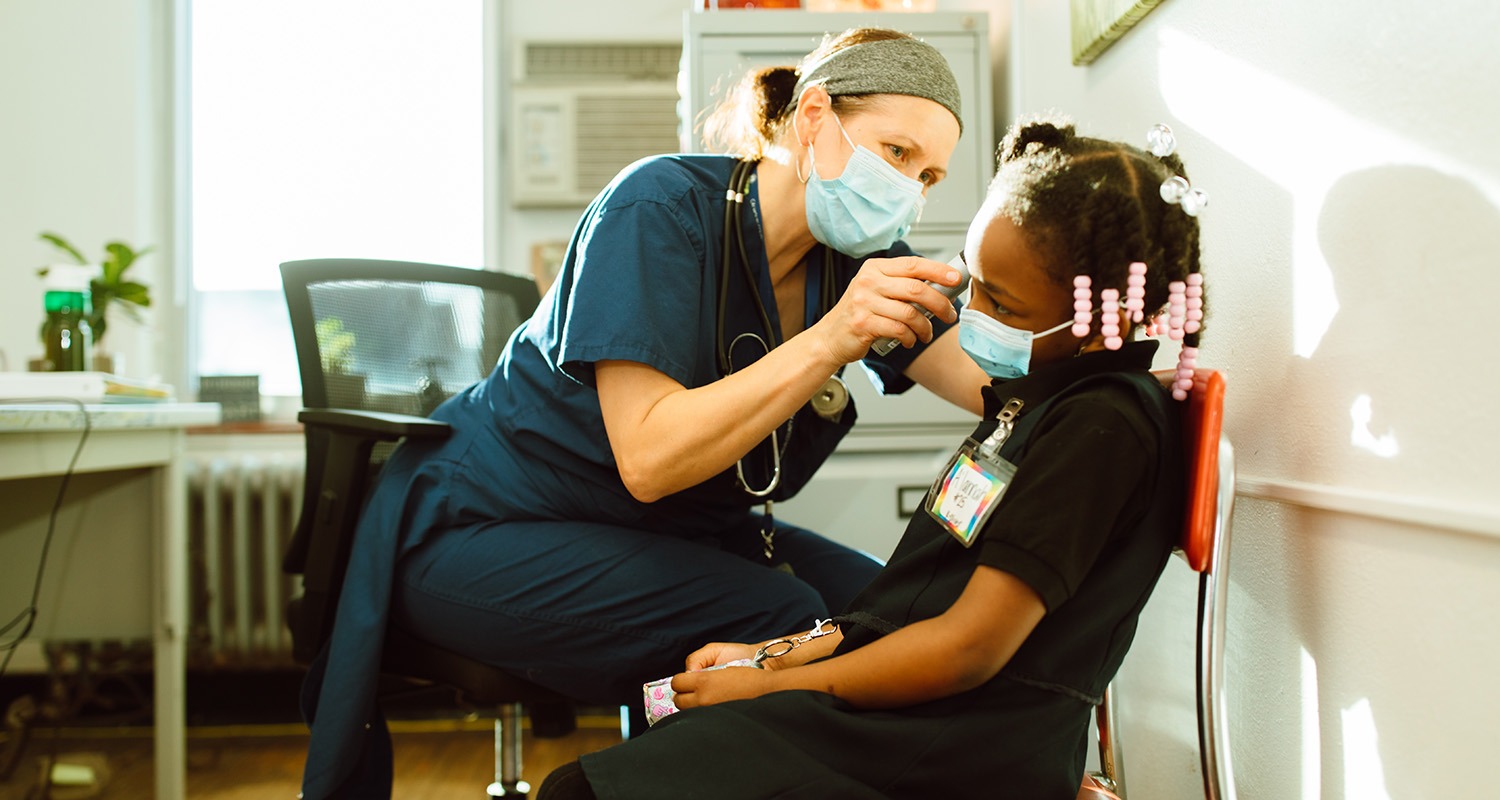
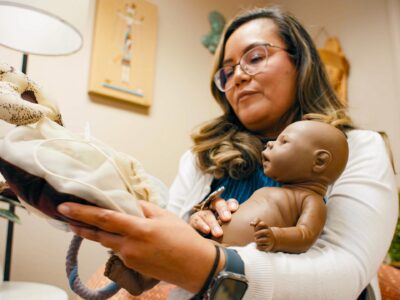
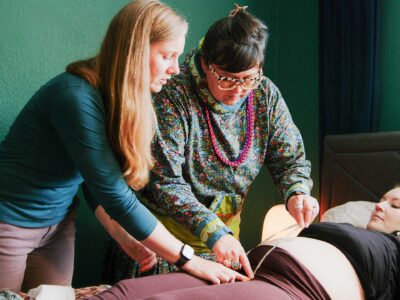
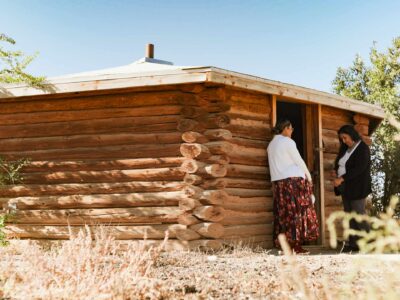


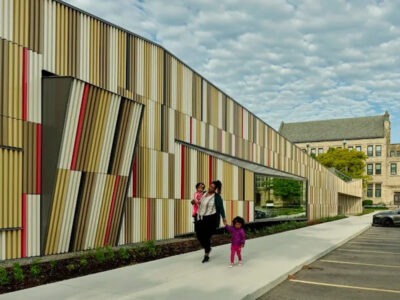

Comments